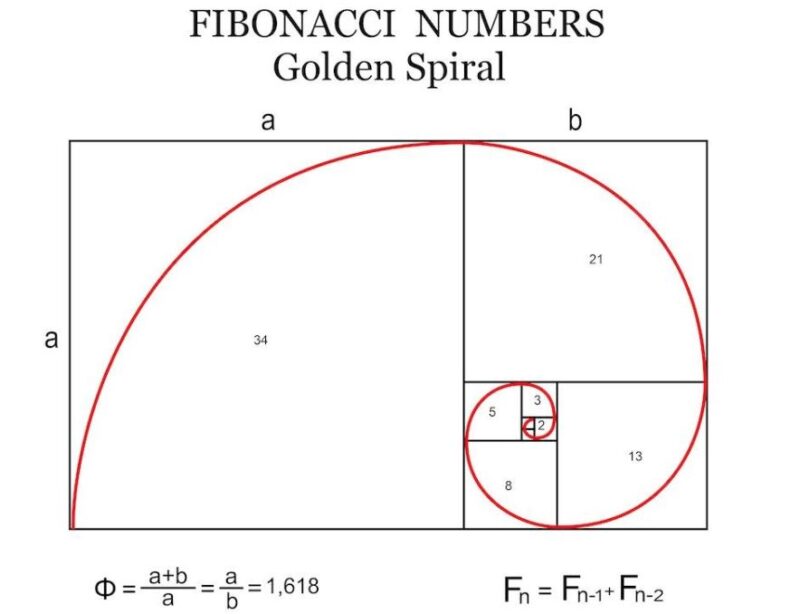
In a previous article, we have discussed the definition of Fibonacci and demonstrated how to draw and use the retracement levels. However, just as important as identifying these retracement levels is determining how and where to set your stop loss.
Before you open a position using one of the Fibonacci retracement levels, it is important that you have a boundary or a limit to your potential loss, in case things get out of hand. Do not enter a long or short position without having an exit plan.
In this article, we will demonstrate two ways of using the Fibonacci retracement tool in setting your stop loss.
Placing your stop loss right after the next Fibonacci level.
For example, if your good judgment tells you to enter a position at the 61.8 Fibonacci Retracement Level, place your stop loss just right after the next Fibonacci retracement level, which is at 78.6.
See photo below:
If you decided to open a short position when the price hit the 61.8 retracement level, then you can set your stop loss at 78.6.
The idea behind using this method is that: as you rely on your trading instinct that the price will hold the 61.8% as resistance, then once the price breaks out above this level, your decision would have been wrong.
The only disadvantage of using this first method is that you must pick the perfect retracement level to enter, or else your entire trading decision to profit would be futile. Before you rely on the retracement levels and before you set a stop loss, you must be fully convinced that this particular retracement level will hold. However, you must also know that no forex strategy gives precise predictions.
Since the market is very volatile and no indicator could actually predict the price’s next move, it’s better to limit your losses at a value that you can afford to lose. This first method of using stop loss with Fibonacci is more recommended for short-term positions in day trading.
Setting a stop loss just past the most recent swing low or high.
In the Fibonacci retracement tool, it usually uses the most recent swing high or low as reference. In this second method, you can use it as a basis again in placing your stop loss.
In a case scenario, you’ve opened a long position when the price is moving up. For this, set a stop loss right under the recent swing low. Inversely, a newly-opened sell position with the price going in a descending trend set a stop loss just over the recent swing high.
This second method of setting up stop loss allows a chance for the position you’ve opened to be less constricted. If in case that the price breaks out of these levels, then it only shows that the price has already moved in reversal.
Note: Bigger values of stop loss are recommended to be used in long-term trades. It can also be used in swing trades or when you are using the scaling strategy. Use this considering that you have large trades.
Conclusion
In the end, you must know as a trader that it is best to use two or more indicators in predicting the price movement. This goes the same way with the Fibonacci retracement tool, which can be incorporated with other indicators to get a good entry.
You must remember that no strategy or indicator is sure to give you an accurate reading of the market nor guarantee a profit. A stop loss will only help you acquire a favorable ratio of reward-to-risk, but must not be the basis in your trading results.
However, as it has been agreed that the forex market is very volatile, it is in your best interest to better your reward-to-risk ratio as an essential factor in your trades.
Read more:

